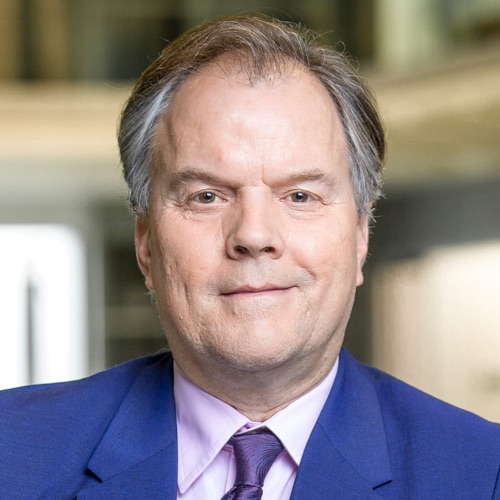Holocaust survivors – staring down history’s demons
Rudolf Hoess, the commander of Auschwitz was a plagued man. And according to his testimony at the Nuremberg war crimes tribunal, what plagued him most were the stubborn pockets of inefficiency in the extermination process which he had tried so hard to perfect at Auschwitz.
It was he who increased the capacity of the gas chambers from “200 to 2,000 head”, as he put it. “We could have increased the capacity even more. The problem we faced again and again was the disposal of the bodies. We couldn’t burn them fast enough.”
In Nuremberg Hoess delivered his testimony with a reedy voice, devoid of all emotion. The middle manager of mass murder.
He analysed his “problem” as if he was a production line executive at a time and motion workshop.
For me it is this that makes Auschwitz unique. Humanity at its most grotesquely inhumane. Dehumanisation is a symptom of mass killing.
It is a prerequisite for genocide. It protects the perpetrators. But at Auschwitz it received its industrial apotheosis.
Read more: humanity at its most inhumane: Auschwitz remembered
From the serial numbers tattooed on arms (as opposed to just pinned to a shirt or stitched onto a uniform), to the bureaucratic industrial euphemisms used to describe the “final solution”, to the very reason for choosing Auschwitz (it was connected to major rail lines, it was relatively isolated but also close to the industrial parks of southern Silesia), the complex of camps was created by the organizing principle of Nazi society.
The weak were useless as labour and deemed too expensive to house, feed and keep alive, so they were “selected” for death. The other “Untermenschen” – under-humans – were made to work as slave labour in the nearby factories until they too were rendered useless.
If the Nazis had just wanted to kill as many Jews as possible, it would have been faster to do so in situ wherever they found them.
But Hitler abhorred a mess. He insisted on “Ordnung” – order. The SS were deeply troubled, for instance, when their Romanian colleagues began slaughtering Jews in the main squares. They wanted it done efficiently, cleanly and secretly. Hence Auschwitz.
So as I walked through the barbed wire corridors of camp one on Monday with some of the survivors I kept thinking to myself that this vast complex sprawling 20,000 acres of flat frozen land was a microcosm of what the Nazis wanted to create all over Europe: a utilitarian hive for the master race where all non-members of that race were either used or killed, depending on their usefulness.
Read more: Auschwitz survivor – ‘We should live as one people’
The Nazis took racism, utilitarianism, industrial production, discipline, duty and a whole host of other benign concepts to a perverse and hitherto unseen extreme.
It was a moral mutation that still baffles today. It perverted like nothing else the principle of a common humanity that is at the heart of our civilisation. Its defeat came at the hands of the Soviet army that liberated Auschwitz 70 years ago today.
For me its defeat came on Monday out of the mouth of Rose Schindler (no relation), an 85-year-old woman who described herself as “a tiger grandma” and who survived Auschwitz and two bouts of cancer.
In the company of her husband Max, also a Holocaust survivor, and the children and grandchildren she raised, Rose put on bright red lipstick, donned a fetching hat, a large red rose, and walked through the camp that had killed her siblings and her mother, chatting like a bird in an accent that was part San Diego, part Prague.
Rose stared down the demons of history by being defiantly, gloriously and irrepressibly alive.
Follow @mattfrei on Twitter

